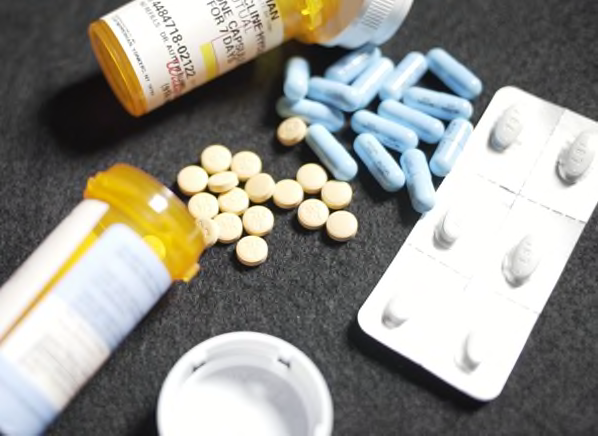The Food and Drug Administration approved them, your doctor prescribes them, and you see them advertised on TV-so your medications must be safe, right? Then why is Consumers Union bothering to publish alerts about drug hazards?
More than half of all prescription drugs cause adverse effects—some serious or fatal—that aren't detected until after the FDA approves them, sometimes many years later. Such delayed detection contributes to the high number of drug-related injuries in the U.S. In 2008 alone, the FDA received more than 100,000 reports of serious injuries related to adverse drug events, an increase of about 25 percent over the previous year, according to the Institute for Safe Medication Practices.
Some of the delay is inevitable: It's simply not possible to detect every risk before doctors start prescribing a drug. Doing so would require clinical trials that would be prohibitively large, long, and costly.
In addition, the U.S. system for identifying drug risks before approval is flawed—and the one for spotting them afterward is even worse. The 2007 FDA Amendments Act promised many changes in the drug-safety system, but whether they will be sufficient, even if the agency uses its new powers effectively, remains to be seen.
Here's a closer look at why you face these unexpected dangers, and what you can do to protect yourself.

























